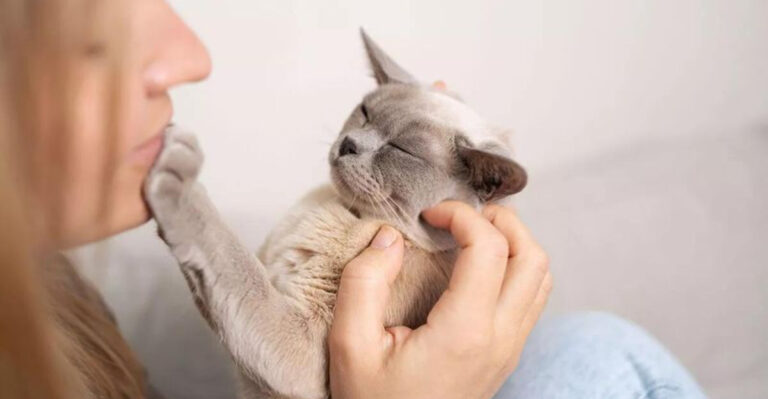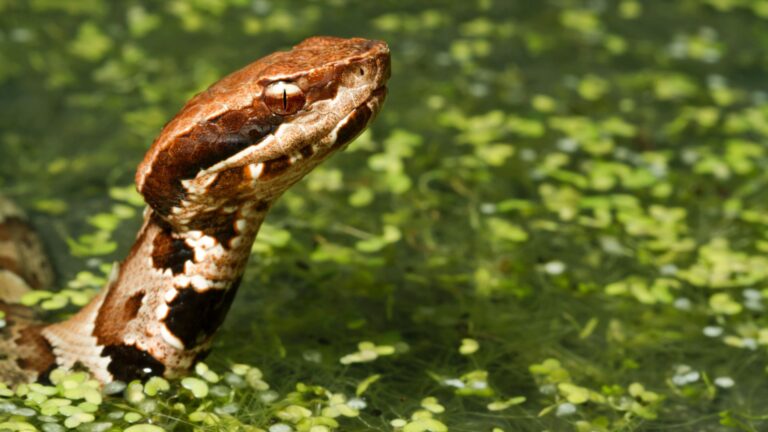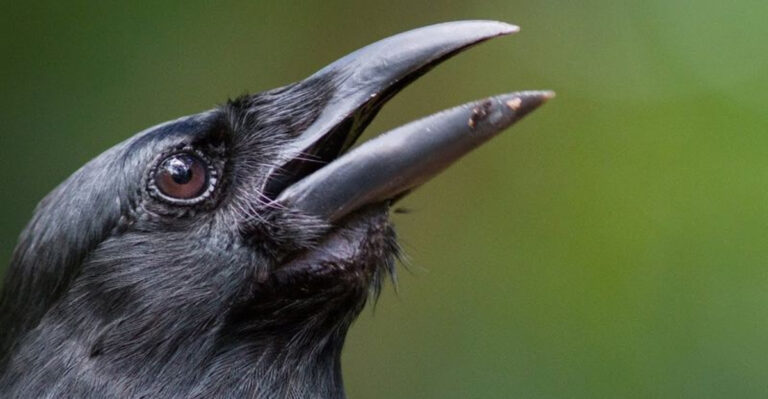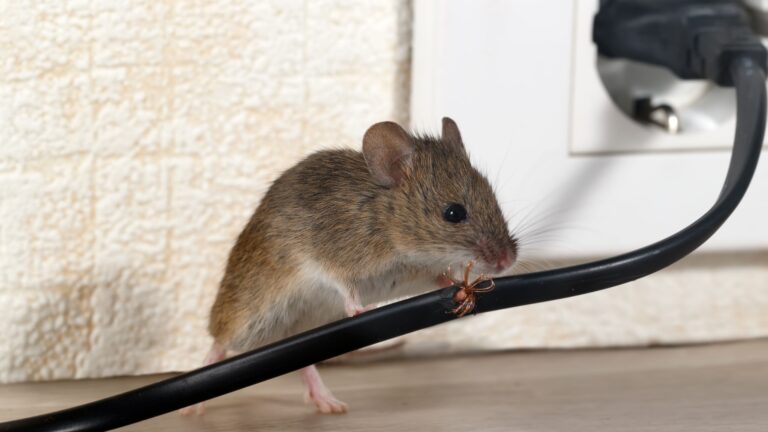Dromaeosaurs: The Fearsome Raptors Of The Mesozoic Era
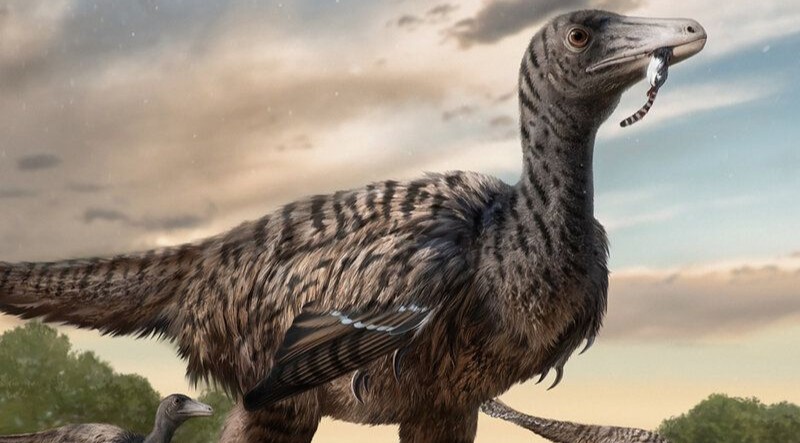
Dromaeosaurs were among the most fascinating dinosaurs to roam our planet millions of years ago. These swift, feathered predators with their distinctive sickle-shaped claws have captured our imagination through films and scientific discoveries. Often called ‘raptors,’ these remarkable creatures show surprising connections to modern birds while maintaining their reputation as some of the most intelligent and fearsome hunters of the Mesozoic Era.
1. A Close Relative To Modern Birds
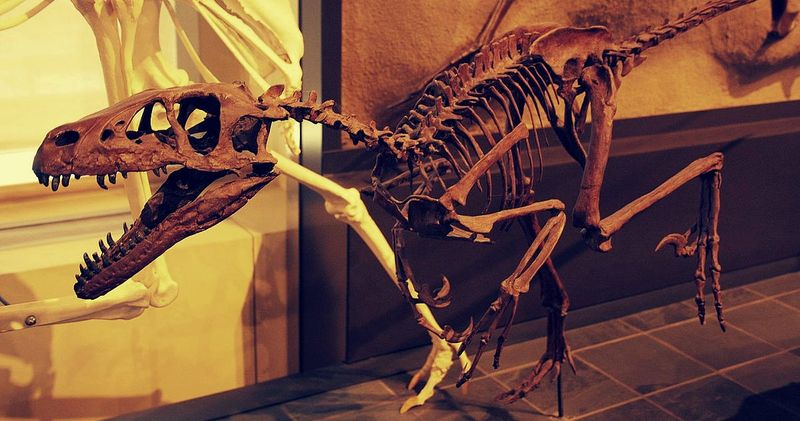
Your backyard chickens share an ancestor with some of history’s most feared predators! Dromaeosaurs possessed hollow bones, wishbones, and even brooding behaviors similar to today’s birds.
Scientists have identified numerous anatomical features that link these dinosaurs directly to modern avian species. The evolutionary bridge between dinosaurs and birds becomes clearer with each new dromaeosaur fossil discovery.
2. Feathered Predators
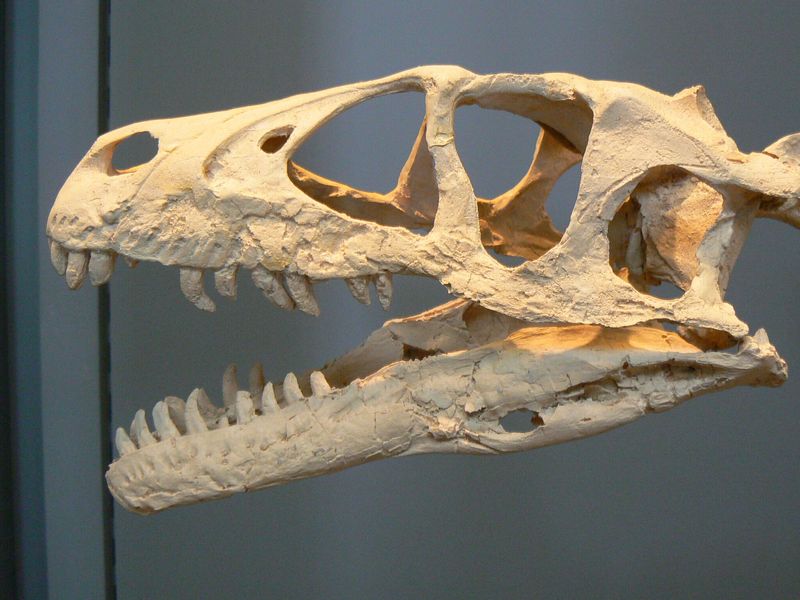
Forget the scaly movie monsters! Real dromaeosaurs sported colorful feather coats that would make peacocks jealous. Fossil evidence reveals elaborate plumage covering their bodies from head to tail.
Some species, like Microraptor, had four wings with flight feathers on both arms and legs. While not all could truly fly, many likely used their feathers for insulation, display, and possibly limited gliding between trees or chasing prey.
3. Sharp, Curved Claws

The trademark weapon of dromaeosaurs wasn’t their teeth but their feet! Each second toe carried a massive, sickle-shaped claw that could reach over 5 inches long in some species.
Unlike regular claws used for walking, these specialized talons stayed raised off the ground to maintain sharpness. When attacking, dromaeosaurs likely leaped onto prey, gripping with their arms while delivering powerful slashing kicks that could tear through hide and muscle.
4. Small To Medium Size

Most dromaeosaurs were surprisingly compact hunters. Velociraptor stood just knee-high to an adult human, roughly turkey-sized at 30 pounds, while the largest member, Utahraptor, reached bear proportions at 1,500 pounds.
Their modest size offered advantages in speed and agility. Many species inhabited forest environments where larger dinosaurs couldn’t maneuver effectively. This size range allowed dromaeosaurs to exploit ecological niches unavailable to giant predators.
5. Notable Members: Velociraptor

Hollywood got almost everything wrong about Velociraptor! The real dinosaur stood just 1.6 feet tall at the hip and measured around 6 feet long including its tail. Native to Mongolia’s Gobi Desert, it hunted small mammals and dinosaurs.
Its name means “swift thief,” perfectly capturing its hunting style. Despite its modest size, Velociraptor possessed remarkable intelligence, with a brain-to-body ratio comparable to some modern birds of prey.
6. Speed And Agility
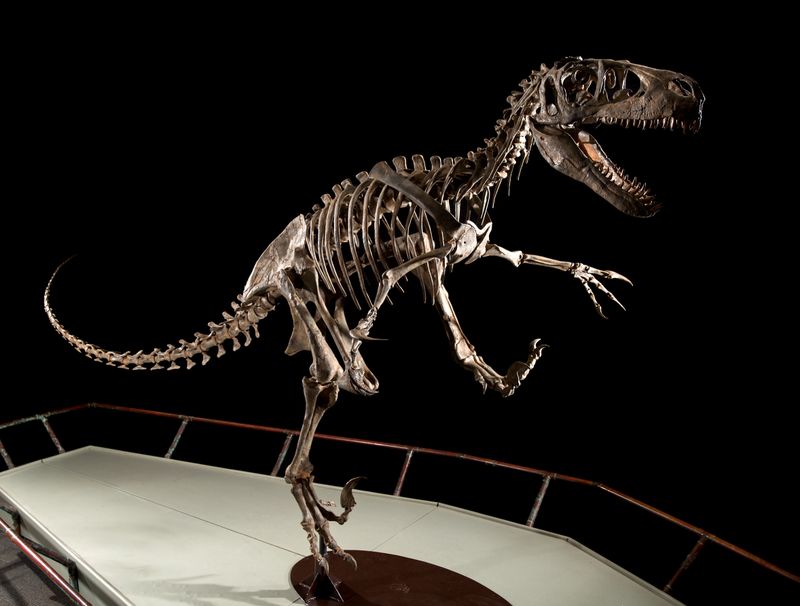
Built for the chase, dromaeosaurs had lightweight, hollow bones and powerful hind limbs that made them the cheetahs of their day. Computer models suggest Velociraptor could reach speeds of 24 mph – faster than Olympic sprinters!
Their long, stiffened tails acted as counterbalances during high-speed turns. Unlike many dinosaurs, dromaeosaurs could likely make quick directional changes while running, giving them a crucial advantage when hunting elusive prey in complex environments.
7. Carnivorous Diet
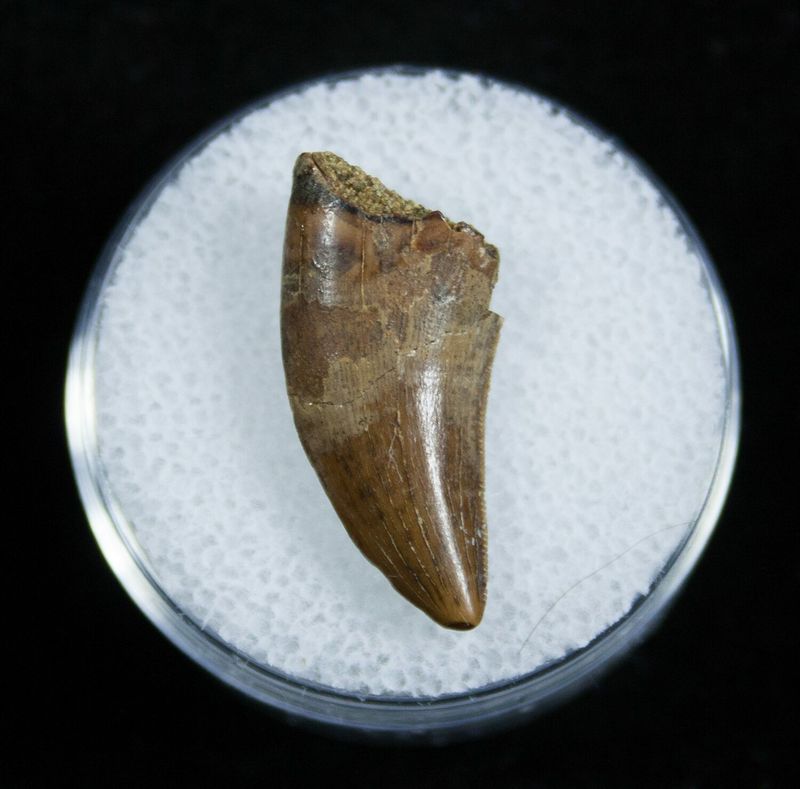
Tooth marks found on dinosaur bones tell tales of raptor feeding habits. Their curved, serrated teeth were perfect for slicing through meat, leaving distinctive scratch patterns paleontologists can identify millions of years later.
Analysis of fossilized stomach contents reveals dromaeosaurs weren’t picky eaters. They hunted mammals, lizards, and smaller dinosaurs, while also scavenging when necessary. Some fossils even show evidence of cannibalism among certain species during times of scarcity.
8. Pack Hunters?
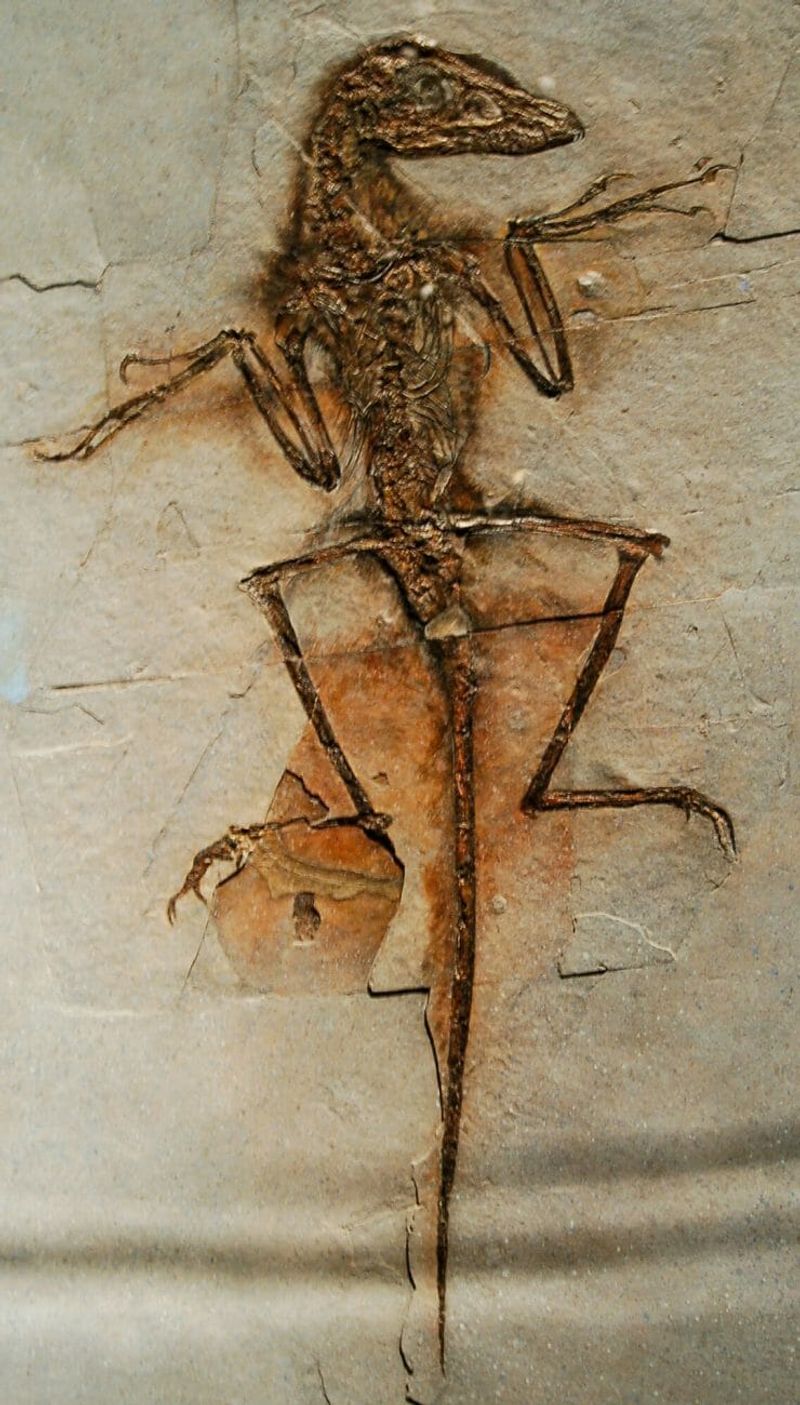
One famous fossil site in Montana preserves multiple Deinonychus skeletons surrounding a much larger plant-eating Tenontosaurus. This smoking gun suggests coordinated pack hunting behavior similar to wolves or lions today.
Group hunting would have allowed these relatively small predators to take down dinosaurs ten times their size. Social behavior also implies complex communication and hierarchies within raptor groups, further evidence of their advanced cognitive abilities compared to other dinosaurs.
9. Brain Size And Intelligence
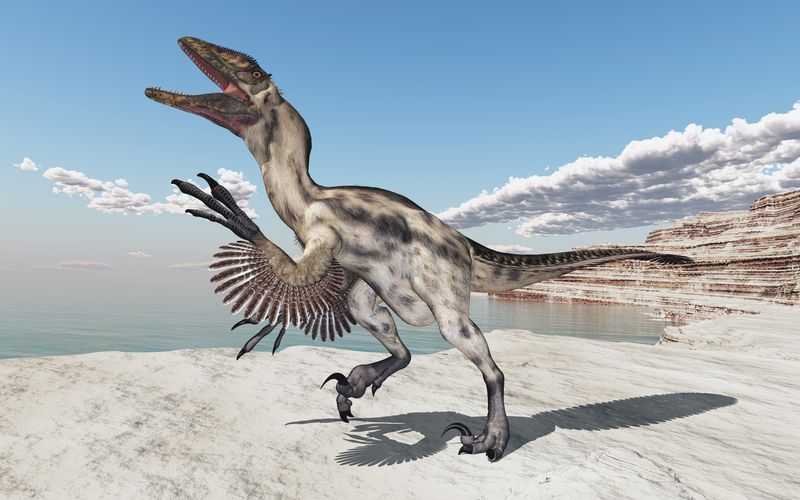
CT scans of dromaeosaur skulls reveal brain cases that would make other dinosaurs jealous. Their enlarged cerebrum (the thinking part of the brain) suggests problem-solving abilities beyond simple instinct.
Eye sockets positioned for binocular vision gave them excellent depth perception for hunting. Their brain structure shows similarities to modern birds, particularly areas devoted to coordination and sensory processing. This neural equipment made them formidable predators capable of adapting to changing environments.
10. Tail For Balance

The secret to raptor agility lay in their extraordinary tails. Unlike flexible dinosaur tails, dromaeosaur tails contained specialized rod-like extensions of vertebrae called chevrons and zygapophyses.
These bony rods transformed the tail into a stiff counterbalance beam. When running or jumping, the tail automatically adjusted position to maintain perfect balance. This natural stabilizer allowed dromaeosaurs to perform acrobatic maneuvers that would have been impossible for other dinosaurs.
11. Diverse Species
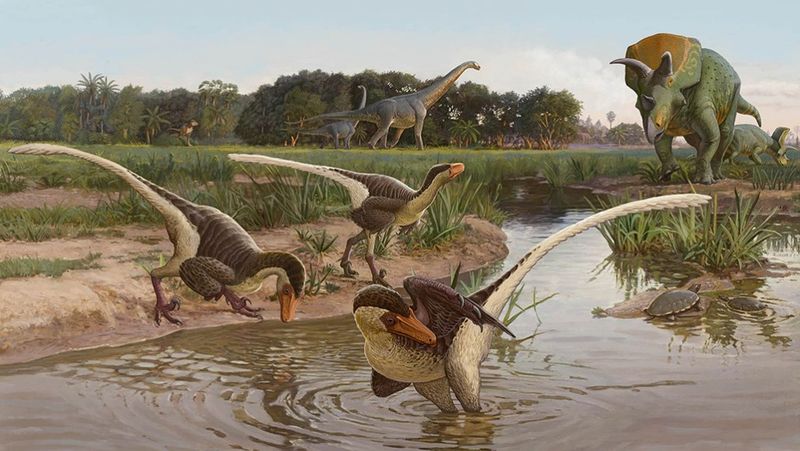
From the four-winged Microraptor to the massive Utahraptor, the dromaeosaur family showcased remarkable diversity across continents. Fossils have been discovered on every continent except Antarctica.
Some species developed specialized hunting strategies. Balaur, a European dromaeosaur, evolved two killing claws on each foot instead of one. Others adapted to different environments – from forests to coastal regions. This adaptability helped dromaeosaurs thrive for over 60 million years during the Mesozoic Era.
12. Extinction Event
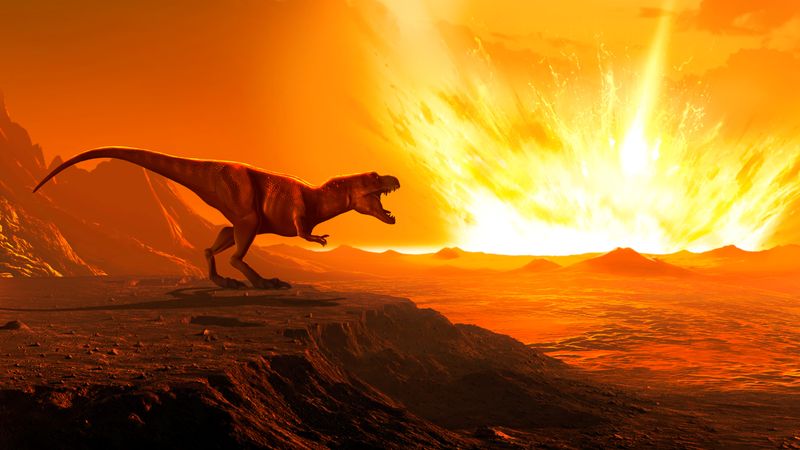
Around 66 million years ago, a 6-mile-wide asteroid slammed into Earth, triggering catastrophic climate changes that spelled doom for dromaeosaurs and most dinosaurs. The impact winter blocked sunlight, killing plants that fed herbivores that fed carnivores.
Only one branch of dinosaurs survived – the small, feathered theropods that evolved into modern birds. Every chickadee or eagle you see today carries genetic echoes of their raptor ancestors, living proof that aspects of dromaeosaur biology continue in our modern world.

